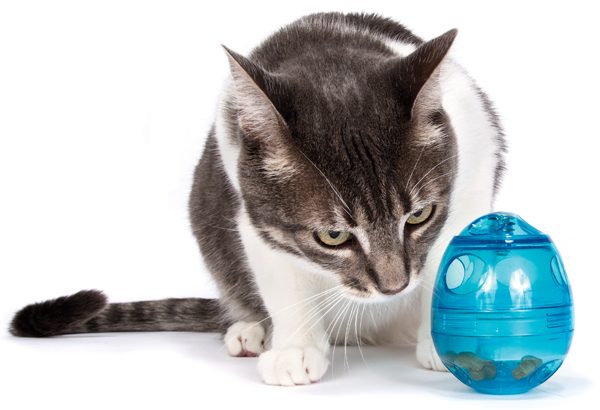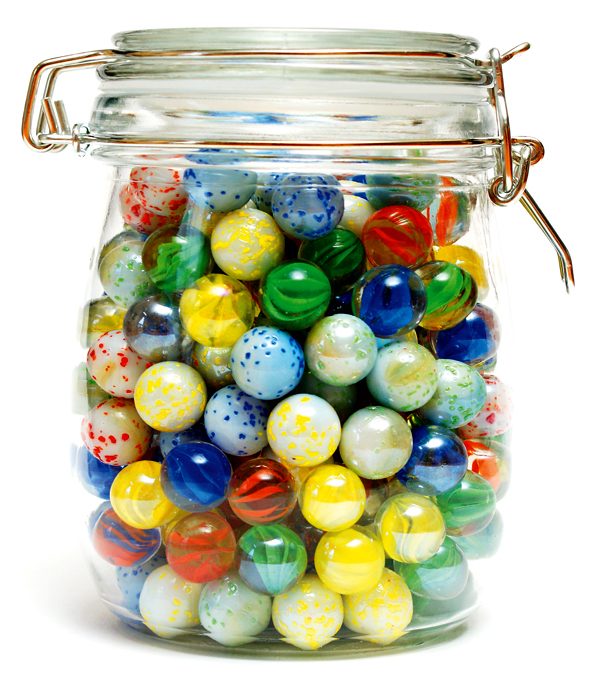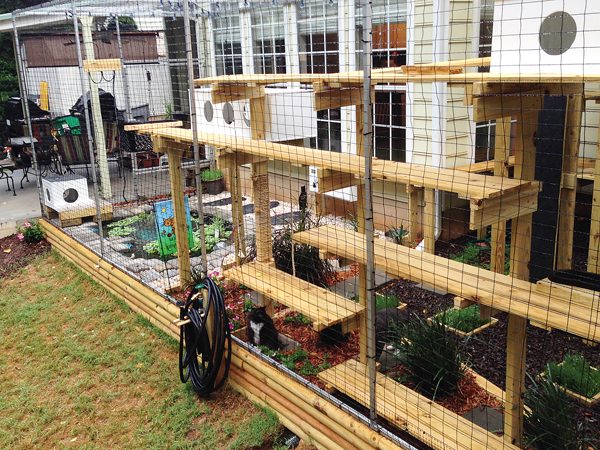Editor’s note: Have you seen the new Catster print magazine in stores? Or in the waiting area of your vet’s office? This article appeared in our September/October 2016 issue. Click here to subscribe to Catster and get the bimonthly magazine delivered to your home.
We humans play brain games — jigsaw puzzles and word games — hoping to keep our minds sharp. And for good reason. Every time we learn something new, we create new neural pathways in our brains, which can improve cognition and even repair damage.
So why not with our kitties? Cats are clever animals. It takes intelligence to stalk and hunt prey and street smarts to hide and escape from predators. Cats are even artful at bluffing to scare off a bigger animal. But just as we get rusty when we don’t practice enough or bored when we practice too much, so do our cats.

“The most common reasons for behavioral problems are boredom, frustration, and stress,” said Ingrid Johnson, Atlanta-based cat behaviorist and owner of Fundamentally Feline. “Mental dullness leads to negative behaviors. Giving them stuff to do makes them a lot happier.”
So I talked to Ingrid and to Southern California-based pet lifestyle expert Sandy Robins. From my conversations with them, we focused on seven ways to
keep your cat sharp.
1. Foraging for food
Foraging for food and interactive play before a meal, according to Ingrid, appeals to cats’ natural lifestyle sequence: They hunt and stalk, play with their prey, kill it and eat it, groom themselves, and take a nap. “The advantages of food-based foraging toys is that they come with a built-in rewards and work with cats’ natural hunting instincts,” Ingrid said. “Making them work for their meals is one of the most overlooked ways for enrichment.”
One way to start, Ingrid said, is to move the food bowls around the house and to hide them in different areas. You can also buy puzzle feeders or make your own using paper towel or toilet paper rolls. Cut holes into the rolls, put treats or kibble inside, and tie up the ends. Your cat will bat it around until kibble comes out and,
voila: instant reward.
You can also poke holes in a cardboard box, put food inside, and close the lid.
“Cats love sticking their paws in small openings,” Ingrid said. “They love to try to figure things like that out.” By hiding food and making cats work for their meals, “you’re appealing to the natural way a cat would live,” Ingrid said. Cats in the wild eat around 10 to 15 times a day.

A more advanced game Ingrid recommended is to place a treat or piece of kibble under one of three cups in front of your cat. Move the cups around, and see if your cat can guess which cup the kibble is under.
Sandy incorporates treats into her cat Ziggy’s toys. For example, she’ll spin the ball in a ring ball toy, and Ziggy will react by playing with it. While he plays with it, Sandy sticks a couple of treats on the track. Ziggy discovers the treats and figures out how to get them out with his paw.
“I’ve discovered that you can take any cat game and take it to another level of thought for them by making them work to extricate treats,” she said.
2. Obstacle courses
When it comes to creating an obstacle course for you cat, make it fun. Try a little bit at a time, using a toy your cat likes to chase as the lure. Have your cat jump onto a stool for it, then run it across the back of the couch and up a cat tree.
“You can use your own house as an obstacle course without having to buy things,” Ingrid said.
Start with one of those tricks and then put them together to form a course. Keep the course very simple or add things — tunnels to run through or hoops to jump through — as your cat becomes more advanced.
3. Water games
Not all cats swim, but many are fascinated by water.

Ingrid recommended filling up a bathroom sink and putting marbles at the bottom and ping-pong balls at the top. You can also put children’s floatable windup toys in the water. Your cats will have a hard time getting the marbles out, but they will splash and have a good time as they try.
4. Old things new
Although moving to a new house can be terrifying for cats, moving some of their furniture around can be stimulating, Ingrid said. For example, moving an old cat tree to another floor of the house can make it seem new and fun again (as long as the cats aren’t blind). Even ordinary little catnip or crinkly toys can become more interesting when you hide them in the cat tree, Sandy said.
“Ziggy discovers them like they’re brand new. It’s like a game of hide-and-seek for them, taking an old thing and making it new again,” she said.
5. Interactive toys
Sandy’s favorite toy to play with Ziggy is a wand toy.
“It keeps you in the game,” she said. “If you can throw in that interactive component, all the better.”
When Ziggy catches the lure at the end of the string, Sandy pulls gently on
the string, so he gets the impression his prey is trying to escape. Then she’ll
throw the whole thing, and he’ll run after it.
Sandy cautioned that cats might pull off part of the toy or eat the string, so to be safe, keep this toy locked up while you’re not playing with it. “I like wand toys because I’m involving his pouncing and preying skills. He’s learned that when he drops it in the right place, the games will continue. He’s worked it out.”
6. Cat trees
Cat trees are an investment but, they create vertical space, which makes cats feel safe and allows them to observe their world. Pet Tree Houses, based in Sanford, Florida, made one that my cats have enjoyed for several years. These sturdy cat trees have branches, limbs, and leaves that move around like those in a real tree, giving cats the sensation that they are in a live tree.
Pet Tree Houses also started building shelves in their trees that take food bowls, Sandy said. “Some cats need to be high up to eat. They’re building novel things into their cat trees to make them more interesting
7. Supervised outdoor time

Outdoor enclosures, like this custom-made catio by Purrfect Catio, give your cat’s brain stimulating outdoor time but keeps him safe from outside dangers. Photo via David Kempka
Most cat rescue and advocacy groups recommend that cats remain indoors for their safety and longevity. But supervised outdoor time can be a real treat. You can do this with a closed-in porch, an outdoor enclosure like a catio, a fenced yard with you there to supervise, and stroller walks. “Walk to the park, and park in front of a tree with a lot of squirrel activity,” Ingrid recommended. “These are safe ways to experience the seasons and outdoors, and that is very mentally enriching.”
Bonus: Virtual games
Cat game apps are entertaining and mobile, making them a popular new toy category, and these toys do stimulate the feline mind, but there’s a catch.
“It can be frustrating for cats, because it gives them no exercise and nothing to actually catch or kill,” said Atlanta-based cat behaviorist Ingrid Johnson.
She recommended finishing the app game with a feather toy or something your cat can catch.
Laser pointers can be great exercise for your cat, but like cat game apps, these virtual toys give your kitties nothing to actually catch. If your cat enjoys chasing the laser pointer, never shine the light in your cat’s eyes, and give him a favorite toy or treat to catch at the end.
Games involving virtual prey can be fun or frustrating to your cat. The difference is how you end the game.
About the author: Susan Logan-McCracken and her husband are brushing their two cats, Sophie and Maddie, more regularly now that they have found a brush that their kitties love. Their Southern California home has less cat hair floating around in it now.







